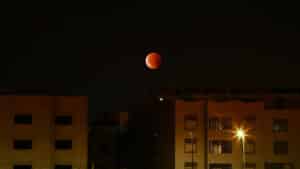Growing up with an artist, I know that frames are strategically chosen for each and every painting. Zechariah 9-14 is correctly considered the framing chapters of the final section of the book. Both passages focus on Israel’s King. Zechariah 9:9-10 calls Jerusalem to receive her king with a standing ovation:
“Rejoice greatly, O daughter of Zion! Shout in triumph, O daughter of Jerusalem! Behold, your king is coming to you; He is just and endowed with salvation, Humble, and mounted on a donkey, Even on a colt, the foal of a donkey. I will cut off the chariot from Ephraim and the horse from Jerusalem; and the bow of war will be cut off. And He will speak peace to the nations; and His dominion will be from sea to sea, and from the River to the ends of the earth” (Zech 9:9-10).
The mention of the king upon a “colt and foal of a donkey” is an allusion to Genesis 49:11, the only other place in all of Scripture with a promise of the Messiah coming on a “colt and foal of a donkey.” Zechariah’s reference to Genesis 49 makes it clear the Messiah-King must be from the tribe of Judah (see Gen 49:8-10). Zechariah’s grand finale in chapter 14 can rightly be called “The Return of the King,” only this time we may be a bit confused, since the coming King is the LORD himself! “In that day His feet will stand on the Mount of Olives… And the LORD will be king over all the earth; in that day the LORD will be the only one, and His name the only one” (Zech 14:4, 9). The frame of Zechariah 9-14 presents the Messiah’s dual identity (Son of David and LORD) and is the key for helping understanding the beautiful picture in Zechariah 12:10 – the pierced one is both LORD God of Israel, and the only begotten Son!
“I will pour out on the house of David and on the inhabitants of Jerusalem, the Spirit of grace and of supplication, so that they will look on Me whom they have pierced; and they will mourn for Him, as one mourns for an only son, and they will weep bitterly over Him like the bitter weeping over a firstborn” (Zech 12:10).










